VBIS Achieves first Milestone for iHub Project
VBIS® (Virtual Buildings Information System) is pleased to announce we have successfully achieved our first milestone as Lead Partner in the Innovation Hub for Affordable Heating and Cooling (iHUB) Data Clearing House Project 7 (DCH7).
VBIS® (Virtual Building Information System) is pleased to announce we have successfully achieved our first milestone as Lead Partner in the Innovation Hub for Affordable Heating and Cooling (iHUB) Data Clearing House Project 7 (DCH7).
The main goal for Project DCH7 is to improve the accuracy of photovoltaic (PV) and energy analytics in buildings using open asset standards and data platform integration.
The iHUB initiative is led by the Australian Institute of Refrigeration Air Conditioning and Heating (AIRAH) in conjunction with CSIRO, Queensland University of Technology, the University of Melbourne and the University of Wollongong.
Project DCH7 is being delivered by VBIS® in conjunction with CSIRO and PrediQ, with support from the City of Melbourne.
This iHUB project is developing an integrated schema that bridges the gap in the current siloed approaches to asset meta data models used in the built environment by integrating VBIS asset classification and existing Data Clearing House semantic modelling/schema. This will help software vendors onboard building data that previously was difficult to obtain due to fragmented data sets, lack of documentation and inconsistent naming conventions to name a few.
The current alignment between VBIS® and the Brick schema is further strengthened with their adoption within the Data Clearing House – See link for more information: Brick and VBIS - BrickSchema
This significant first milestone sees the construction of the BRICK model for PV and HVAC assets within five City of Melbourne Buildings within the Data Clearing House, along with the relevant VBIS® asset classifications as well as the development of the base applications which will be used to provide analysis and generate recommendations in a standardised and readily deployable way. By providing the VBIS® asset classification with the BRICK model, the applications being developed will be able to provide greater insights into system performance and provide improved benchmarking and recommendations across the portfolio of buildings.
The next milestone will see the deployment of these applications across the nominated City of Melbourne buildings, so watch this space!
This Project received funding from ARENA as part of ARENA’s Advancing Renewables Program. The views expressed herein are not necessarily the views of the Australian Government, and the Australian Government does not accept responsibility for any information or advice contained herein.
For more information on iHub and the Data Clearing House project, visit: https://www.ihub.org.au/ihub-initiatives/smart-building-data-clearing-house/
For more information on improving the accuracy of PV analytics and energy analytics in buildings using open asset standards and data platform integration, visit: https://www.ihub.org.au/dch7-improving-the-accuracy-of-pv-analytics-and-energy-analytics-in-buildings-using-open-asset-standards-and-data-platform-integration/


